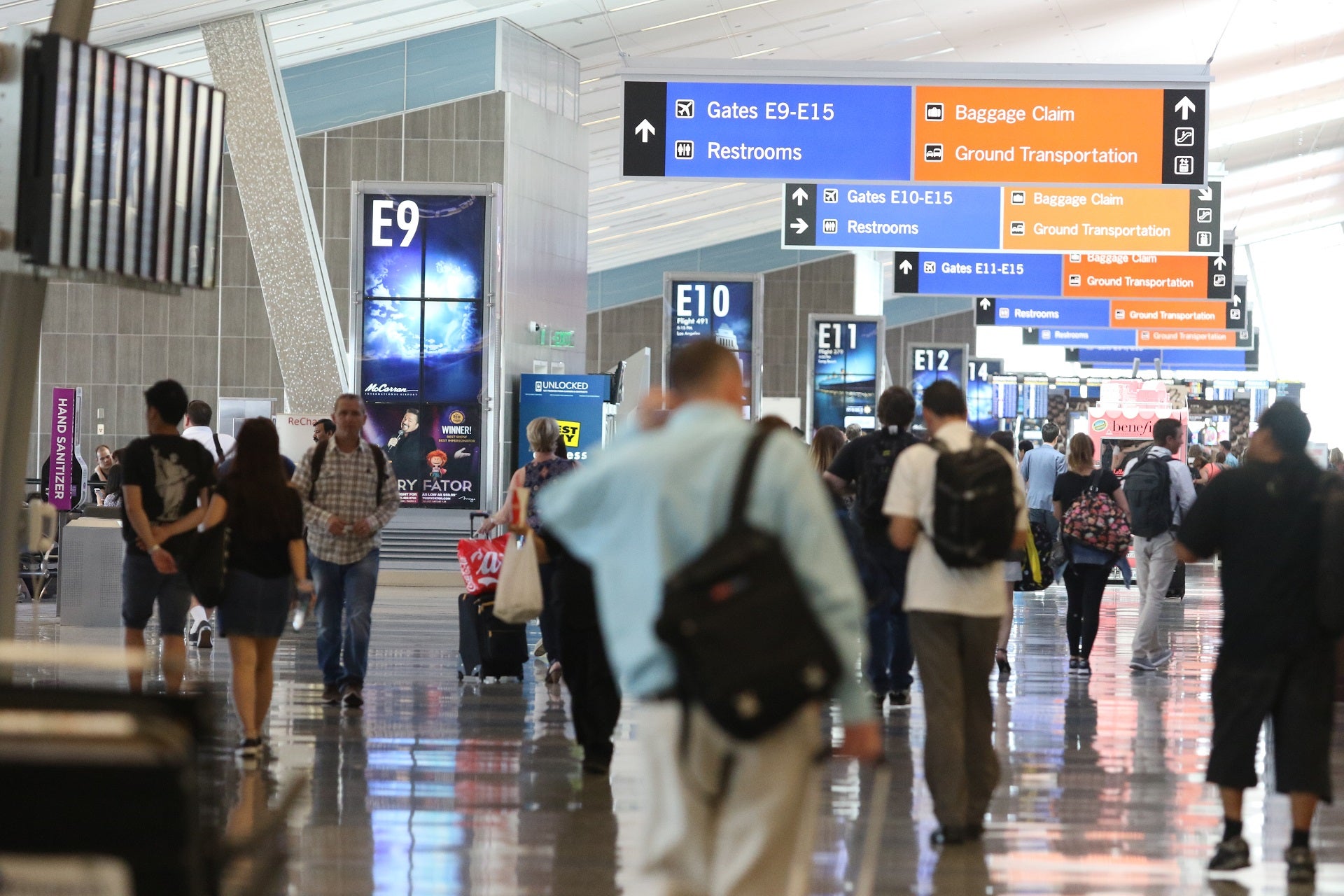
The US Transportation Security Administration (TSA) has reopened the Innovation Checkpoint with upgraded technologies at Las Vegas McCarran International Airport (LAS) in Nevada, US.
Latest aviation security technologies have been incorporated at the airport’s Innovation Checkpoint to enhance security and the passenger screening process.
In 2019, TSA developed this checkpoint to assess evolving security technologies in a live checkpoint environment.
Innovation Checkpoint is handled by TSA’s Innovation Task Force and the gathered data from the checkpoint’s operations are utilised for making a future investment in technologies.
According to the TSA, this is the sole checkpoint in the US that features four Automated Screening Lanes (ASLs) integrated with four Computed Tomography (CT) scanners.
Through system configurations, TSA officers can examine several 3-D, X-ray images produced by the CT unit via an RFID tracking system.
How well do you really know your competitors?
Access the most comprehensive Company Profiles on the market, powered by GlobalData. Save hours of research. Gain competitive edge.

Thank you!
Your download email will arrive shortly
Not ready to buy yet? Download a free sample
We are confident about the unique quality of our Company Profiles. However, we want you to make the most beneficial decision for your business, so we offer a free sample that you can download by submitting the below form
By GlobalDataAn additional configuration, which is being trialled, comprises a sensor to avoid the backup of bins from entering the ASL.
In a statement, TSA said: “For special screening circumstances, TSA officers can opt to use an ASL bin with a unique RFID code. The CT unit is designed to recognise the unique code and automatically diverts the bag for follow-up screening.”
Furthermore, TSA is carrying out trials on an integrated UV-C light sanitisation system.
This system can disinfect the interior and exterior of bins as they are collected via the ASL’s automated bin return system.
The bins are exposed to a high level of UV-C light that has been proven to remove viruses and bacteria, including the Covid-19 virus.
For ensuring the safe usage of the systems, TSA worked in collaboration with the US Department of Homeland Security’s (DHS) Science and Technology Directorate.
The checkpoint’s entrance features digital signage totems that exhibit relevant information on screening processes.
The Innovation Checkpoint also includes the next generation body scanner, named enhanced Advanced Imaging Technology (eAIT), as well as credential authentication technology (CAT) units.
The eAIT has an open design, allowing the passengers to get screened with their arms at their side instead of raising them over their head.
With updated algorithms, the eAIT has been designed to enhance detection accuracy during passenger screening.
It utilises millimetre wave technology and does not create an X-ray image.
Last month, TSA selected Los Angeles International Airport (LAX) to test detection technology for tracking drones that enter restricted airspace.




